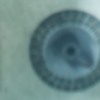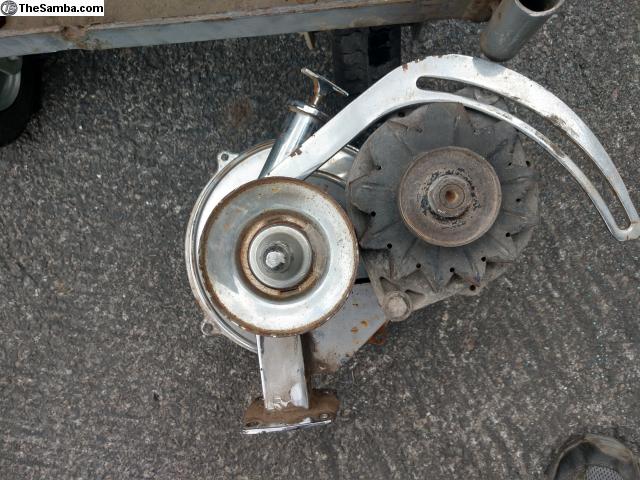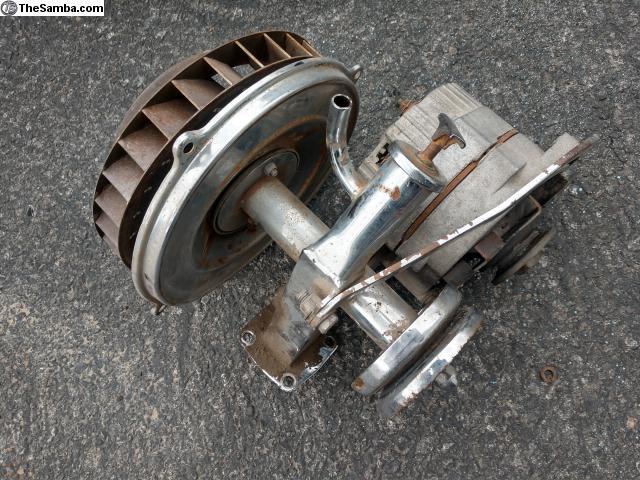But most of us have the opposite concern - good cooling at lower speeds, especially sitting in traffic at idle. Any reports on how this fan does there?
My car is most likely to run warm on a hot day after the engine has been run hard and we're now slogging through urban traffic on those last few miles towards home.
This confuses me a bit, and I'm not being snarky or sarcastic - but do you not have a remote cooler with a fan? I don't think you've got a CHT gauge, so when you talk about "running warm", I think you mean oil, correct?
I understand the situation (brisk run, then sitting in hot traffic), but I don't think any crank-spun fan is going to cool anything that is already hot down just spinning at idle. I've got a T4 oil cooler on the stand, but I've always just thought of it as a supplement to the remote cooler, which was doing the heavy-lifting for bringing down the oil temperature. Everybody's got a different take on ACVW T1 cooling, but I'm in the camp that the Sainted German Engineers didn't ever anticipate a 150 hp T1.
I think of the shroud and fan as a head cooling setup with a cute little oil cooler as a secondary oil cooler. I think of the remote cooler as the primary oil cooler.
If you're oil is running hot sitting in stop-and-go traffic, that seems to me to indicate that the remote oil cooler setup is inadequate.
Thoughts?





